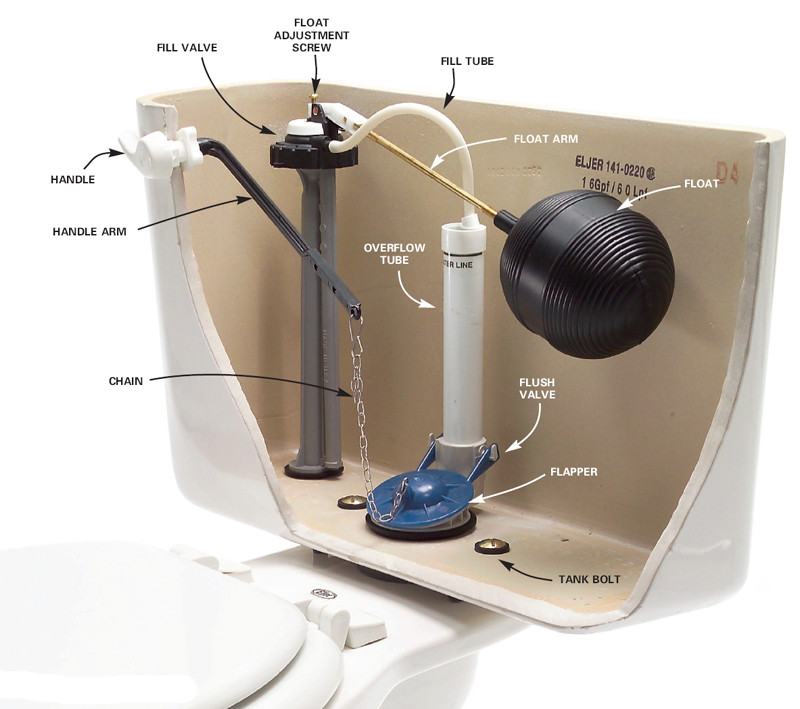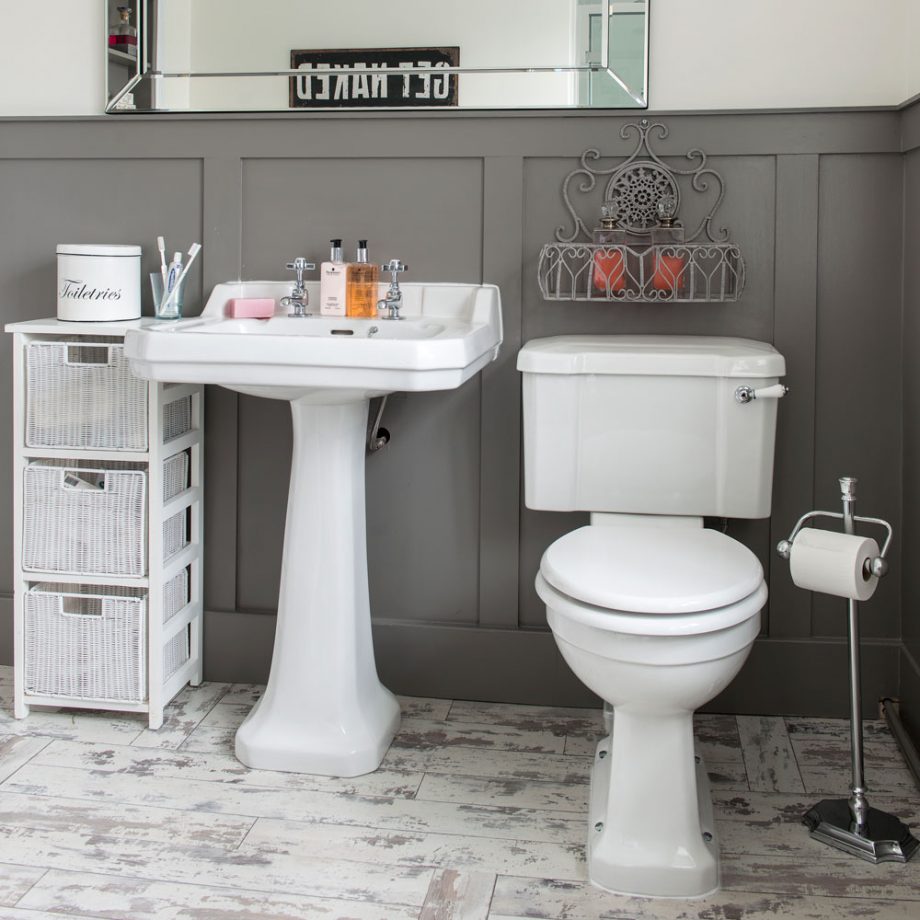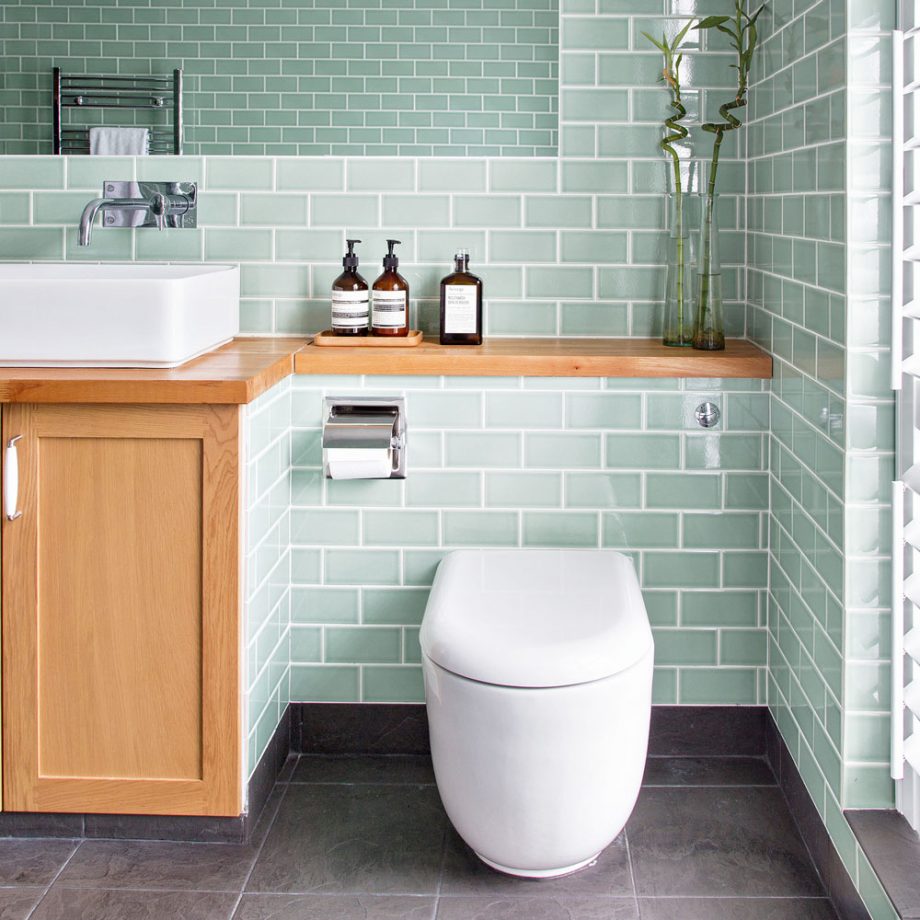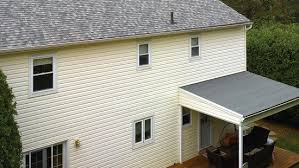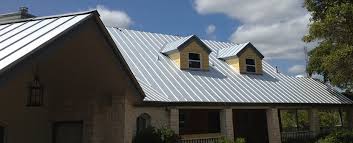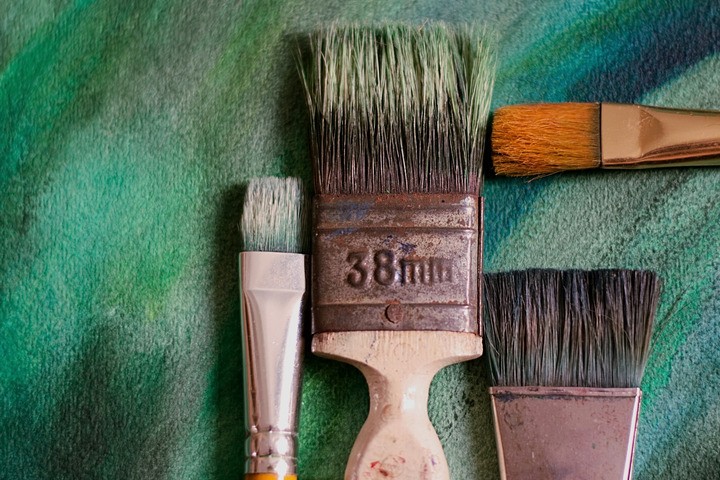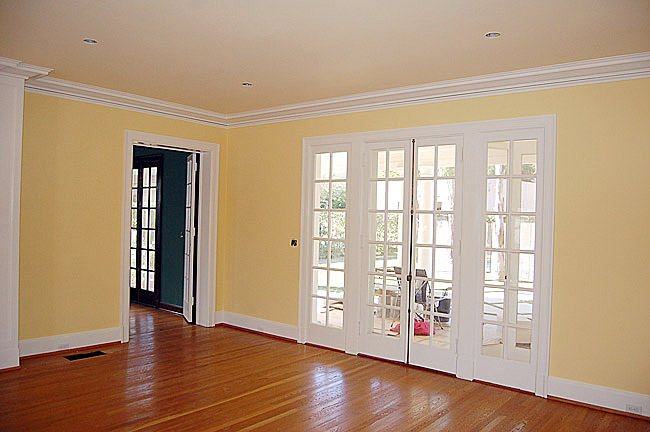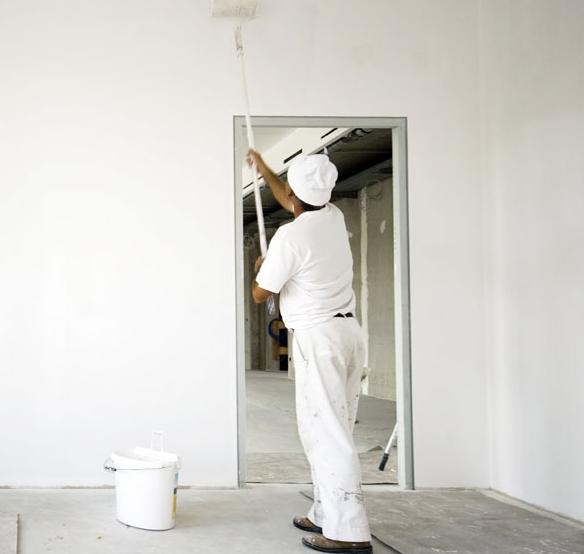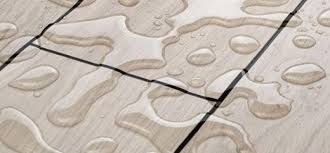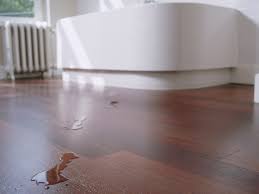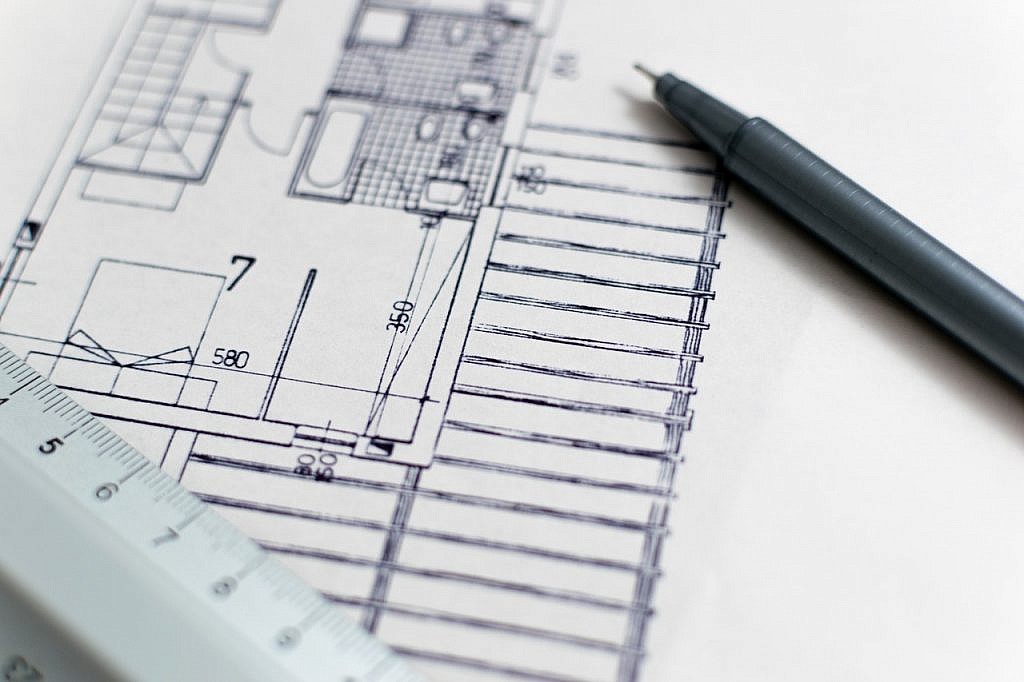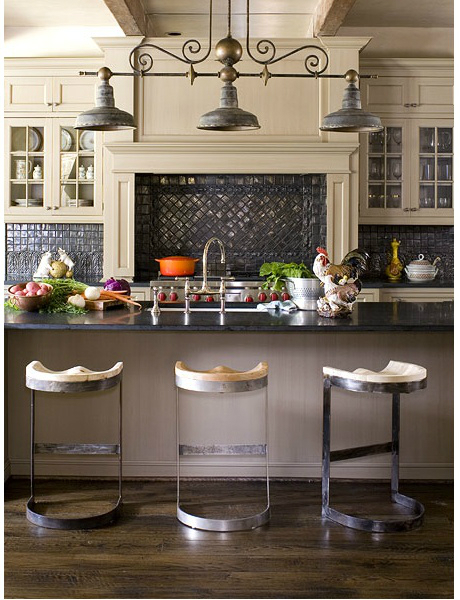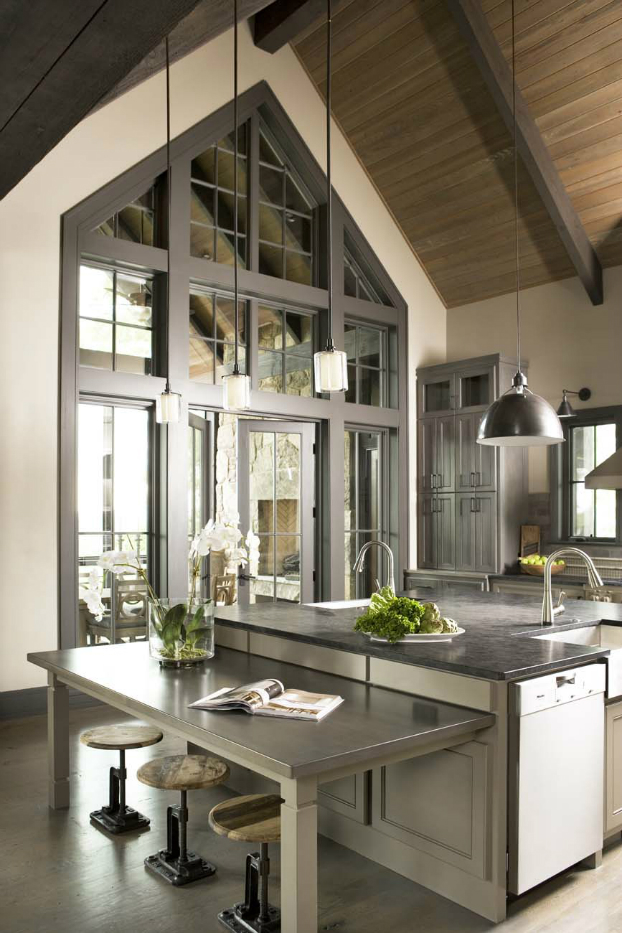What Are Common Tips for Selecting Wall Finish for a Home Renovation?
One of the most efficient ways to completely change the look of your home is to paint and make changes to the wall finish. Because the colour and sheen of each surface has a major impact on the look and feel of the room, it might be difficult to know how to choose the right products for your project
Use Lighter Colours to Open Your Space
Darker, bold colours can be eye-catching, but painting the all of your walls with a darker hue can cause the room to feel closed in and small, while lighter colours help the room feel larger, more spacious, and open.
Create Accent Walls with Bold Colours
If you are incorporating a bold, dark colour in your design scheme, you can paint a single accent wall that can serve as a focal point. This allows you to add colour without making the room feel claustrophobic.
Choose Flat Finish for Ceilings
Flat paint does not have sheen to it at all and has a matte finish. While it can provide a sophisticated look, it cannot easily be cleaned. If there are stains on flat finish paint, the wall will need to be repainted. This is why this type of finish is often used for ceilings.
Giving Walls a Satin Finish
The most common finish for interior walls and hallways is satin. This finish provides a small amount of sheen without being extremely shiny. This wall finish also provides a small amount of protection to the walls and minor stains and smudges can be wiped away easily. For slightly less sheen, you can also use eggshell finish, but this finish is more vulnerable to stains.
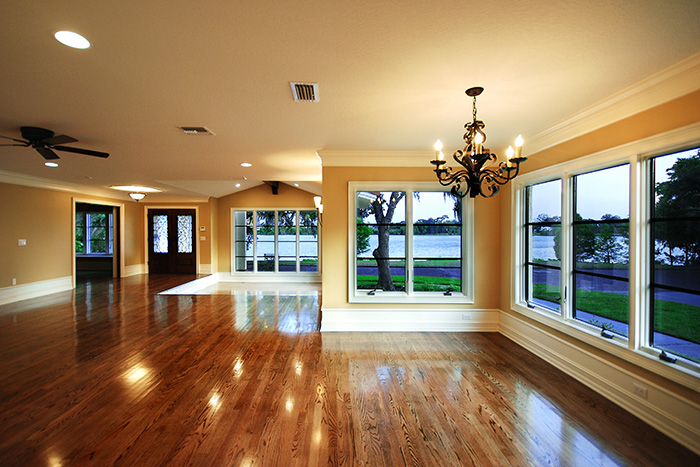
Should I Buy My Own House Renovation Materials?
Advantages of Buying Your Own Materials
You Have Control Over the Purchases – Regardless of the cost of the materials; you know the exact price, the source, and the product that you are receiving. You do not have to worry about transparency from your contractor because you are doing all of these steps yourself.
Possible Reduced Price – There is no guarantee that your materials costs will be lower if you do the purchasing yourself, but this does give you the opportunity to find deals on materials. While it will limit your choices considerably, you can potentially find bulk discounts and other sale opportunities from suppliers.
Benefits of Having Your Contractor Buy Materials
Knowledge of the Materials and Suppliers – Your contractor purchases these types of materials regularly and knows how to identify quality products and fair prices. You may have an idea of how you want your finished house renovation project to look and function; your contractor will know the trusted names and brands to turn to when it comes to finding the right materials to complete the job.
Deals on Quality Materials – It is arguable that having a contractor purchase your materials can actually reduce your costs. Because contractors have ongoing business relationships with vendors, they can often get deals on materials that are not available to the public.
Having Everything You Need When You Need It – Contractors are not only familiar with the different brands and types of materials, but also the installation processes. This means they know all of the additional items that are needed throughout the process. They can also anticipate potential problems that could arise and buy materials necessary to prevent or rectify these issues
Interior Home Renovations Guide – How to Create a Warm, Inviting Home?
Renovating the inside of your home is extremely important. Not only does it make the home more “livable”, it makes it more inviting. When interior home renovations are done correctly, the value of the home increases significantly. You might also be able to save money with a proper renovation, since many existing features can be replaced or upgraded with energy-efficient technology.
Remodelling for health
More and more people are now making decisions to create a healthier home. Problems such as excess moisture and water intrusion can be fixed during renovation. If you are repainting or refinishing anything, use non-off gassing finishes. Also, have better air filtration systems installed. Old wiring and lighting fixtures should be updated with new, energy-efficient technology. Make sure the attic is well-insulated in order to prevent air leaks.
Replacing or restoring old windows
If you live in an older home, you can still retain the historically accurate details of the windows if you have them restored. This is typical with leaded windows, particularly those with stained glass. It’s also possible to restore steel frames that have become partially-corroded, although the process is costly and labour-intensive.
Install well-designed flooring
There are many options for flooring, both solid and carpet. For room to room flow, you can have the same type of flooring throughout the home, or install unique flooring in each individual room. Choices include hardwood, engineered wood, carpet, vinyl, laminate, linoleum, ceramic tile, stone, and even bamboo. If you’re unsure what would look best in each room, have an interior designer help you.
Eliminate clutter
Nothing is more inviting than a clean and organized home. There are many furniture designs to choose from these days, so you can easily find some space-efficient pieces for your home. Don’t go overboard with the decorating, either. In small rooms, just stick with the basics and add a small splash of colour. You can always use mirrors to give the illusion of more space as well.

How to update older homes with modern home renovations?
Do you have an older home that is in need of renovation? Whether you live in an old farm house or in a neighborhood with mid-century style homes, you can update many features with modern home renovations. You can still maintain its traditional look with modern upgrades. There might be some pitfalls, so it’s important to work with the right company, develop a plan, and stay the course.
Here are some ways you can transform an old home to a modern home with renovation:
Don’t be afraid to give the kitchen a total overhaul. It’s one of the two rooms you can make the most changes with. Decide whether you want to refinish the cabinetry or replace it entirely. It’s ideal to work with a contractor who is able to establish a to-scale drawing of the existing kitchen and all of its windows, plumbing lines, heating, electrical outlets, etc. From there, determine the changes that should be made and decide on modern design elements.
The bathroom is the other room requires most renovation. You might need to update the wiring and add additional outlets to suit all of your modern electrical conveniences. The plumbing might also need updated if you plan on getting a modern toilet with more powerful flushing capabilities. Make sure you have a water heater that is big enough for a multi-head shower or soaker tub.
You might want to keep the wood windows, even if they are decades old. Wood windows are designed to last for a lifetime. Still, not all windows are the same. Consider individual window requirements. For the ones you decide to keep, add weather-stripping to improve energy-efficiency.
A contemporary home is defined by clean lines and angles, which can be visually emphasized by selecting trim and door colours that are a similar hue to the house colour. While a broad range of paint colours work well with modern homes, natural colours are ideal. – especially if you plan on selling the home. If you plan on living in it for a long time to come, you can use any colour(s) you wish.
Consider tearing up the carpet. If it’s an old home, the carpet is probably very old too. It’s probably seen better days. Solid floors are more modern, anyway. If you do want carpet, you can always add a large rug in the hallway, next to the bed, in the living room, etc. It’s best to leave the job of removing carpet to the pros – especially if you’re uncertain what’s underneath the carpet.
The staircases are most likely going to need to be redone. If they still have the original railing, balusters, posts, etc…, have them restored. If they are made of hardwoods or coated with paint that is no longer crisp, they should be stripped. Worn treads can be replaced without too many problems, although the details, such as the nosing returns, should be restored as well. Broken balusters can be replaced and missing ones can be milled. It’s always worth the money to restore or conserve staircases, as they are key elements in any house.
How To Choose Between Flooring Options During Home Renovation?
When you choose to renovate your home, you have the opportunity to transform your space from the ground up. You have to start with the right foundation, and this means choosing between carpeting, hardwood, linoleum, ceramic tile, and other flooring choices
Functionality
First, you have to choose a flooring option that can perform the way you need it to. Consider the different pressures the floor will need to withstand. If the floor is in a bathroom, kitchen, basement, it will need to be able to handle moisture. If you have pets running around the house, hardwood floors or other flooring materials that are easily scuffed may not be a good idea. Make certain that you choose a flooring system that is durable enough to endure your lifestyle.
Design
Once you have durability covered, you can move on to aesthetic appeal. As the floor takes up so much space, it can have a big visual impact on a room. A polished granite floor can provide a modern look while carpeting obviously softens the space. Consider which flooring option is going to compliment your room design while also keeping you comfortable.
Cost
Flooring can account for a large portion of your overall home renovation budget. Flooring options can also vary significantly in price, as some materials are significantly more costly than others. Laminate and sheet flooring are often the least expensive options, while natural stone and exotic hardwood are among the most expensive.
Maintenance
Do you want a floor that can basically be forgotten about after it is installed, except for maybe a little bit of sweeping or light mopping, or are you willing to put in more effort to keep your flooring looking great? Some flooring systems require more ongoing maintenance than others, and you should be prepared for this before your nice, expensive floor falls into disrepair.
